Keeping your blood pressure under control has never been plain sailing. It is a lifelong commitment. For this, you will have to monitor your weight, chalk out a diet plan, make healthy food choices, take regular exercise, learn to deal with stress, avoid smoking, and drinking.
If you are taking medicine to contain your high blood pressure, you will probably need to take it all your life. For this, you will have to regularly monitor your blood pressure. Beside you have to ensure that your blood pressure reading is as accurate and reliable as possible.
This blog post is intended to address some of the important areas which will help you to have to get a more accurate blood pressure reading.
-
What is blood pressure?
As the term suggests, blood pressure is a measure of the force that a human heart uses to pump blood around the body.
-
How the blood pressure is measured?
Blood pressure is calculated in millimetres of mercury (mmHg) and is noted as the two figures. The pressure when your heart pushes blood out is called Systolic pressure whereas when your heart rests between the beats is regarded as Diastolic pressure. For instance, if your blood pressure is 140 over 90 or 140/90mmHg, it connotes that you have a Systolic pressure of 140mmHg and a Diastolic pressure of 90mmHg. As a general guide:
- The reading of blood pressure between 90/60mmHg and 120/80mmHg is considered as ideal blood pressure.
- The reading of blood pressure 140/90mmHg or higher is considered to be high blood pressure.
- The reading of blood pressure to be 90/60mmHg or lower is considered to be low blood pressure.
-
What are the main causes and outcome of high blood pressure?
High blood pressure, is generally associated with an unhealthy lifestyle, unsound dietary habits (a diet high in salt, fat or cholesterol) too much smoking, drinking, obesity, family history and not taking enough exercising. This condition enhances your risk of developing a number of serious health conditions, such as heart attack or stroke, trouble with memory or understanding, coronary heart disease and weakened and narrowed blood vessels in your kidneys kidney if left unattended and untreated.
-
What are the main causes and outcome of low blood pressure?
As a matter of fact, low blood pressure is less common. Low blood pressure is sometimes caused by some medicines as a side effect. It can also be caused by several underlying conditions, including heart failure and dehydration. The most common causes of low blood pressure including but not limited to reduced volume of blood, heart disease, and medications.
Low blood pressure causes an inadequate flow of blood to the body's organs can also result in numerous serious health conditions such as heart failure, strokes, and kidney malfunction.
-
How to check your blood pressure equipment?
Keeping a close eye on your blood pressure reading is a vitally important step to maintain a hearty health as you grow older. But taking an accurate reading and keeping track of your blood pressure is not an easy job either as it may look. Here errors and mistakes are common as blood pressure varies incessantly for many reasons such as stress, time of the day, and how you wrap the cuff.
These elements may affect your blood pressure reading a great deal. In a home environment, a fast and reliable blood pressure monitor is vitally important and could be a matter of life and death. In case of a manual blood pressure device, the reading has to rely upon the skill of the technician, and it may vary at times.
Hence, you need to keep into serious consideration the following crucial tips, each time you check your blood pressure to make sure you have the most precise and reliable reading.
-
How to check your blood pressure monitor?
While checking your blood pressure, make sure your equipment is in good order and is functioning well. Your blood pressure machine and cuff should be in perfect shape with fresh batteries. If you are using a manual blood pressure monitor, make sure your stethoscope is neat, clean and working properly.
-
Relaxing yourself
Blood pressure can vary depending on your body's posture and health condition. It may rise and fall with the state of your body. If you are uneasy, nervous, or excited, your blood pressure will rise. The readings can be misleading and give a wrong message.
It is, therefore, advised you to take a few moments to relax peacefully before checking your blood pressure. Make sure everything ready, before you sit down and breathe. Most preferably, you should relax yourself quietly for a few minutes before checking your blood pressure.
-
Check the cuff first to ensure it fits your arm
The blood pressure cuff should easily go around your arm and there should be no problem to fasten it tightly. It needs to fit over about three-quarters of your upper arm. You are more likely to get an inaccurate reading, in the case, if your cuff doesn't fit properly.
-
Best positioning your arm is vital
One important point, most of the people generally ignore. While taking your blood pressure, your arm should be at the same level as your heart. If your arm’s position is higher than the level of your heart, your reading may be wrong tilted towards low. In case, your arm is positioned below the level of your heart, your blood pressure reading may be incorrectly high.
-
Adjustment of your seating position is important
The best position for an accurate reading is sitting with your back properly supported and feet on the floor it is advised not to move around while checking your blood pressure. To leave your legs in one position is more fitting while taking breathing deeply and sitting quietly.
-
Noting down your blood pressure readings
It happens too often the person having their blood pressure monitored by a technician tries to remember the blood pressure and record it later. All the same, this can lead to errors of omissions. While taking the reading of your blood pressure it is suggested to write it down copying it directly from the blood pressure device.
-
Taking your blood pressure regularly at home and discuss the discrepancy with your doctor
It is always a good idea to take your blood pressure at home on a regular basis, even if you are visiting your physician regularly. This can give a real picture to your Consultant about your blood pressure reading.
Many things are important to take into consideration while seeing a doctor that can cause a change in your blood pressure. These may include nervousness at the clinic, anger about the long wait time and mode of payment etc.
Hence it is strongly advised to take your blood pressure regularly at home and maintain a proper record and share it with your doctor and discuss discrepancy of clinic reading with your home readings with him.

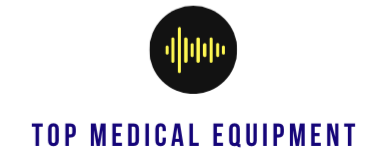
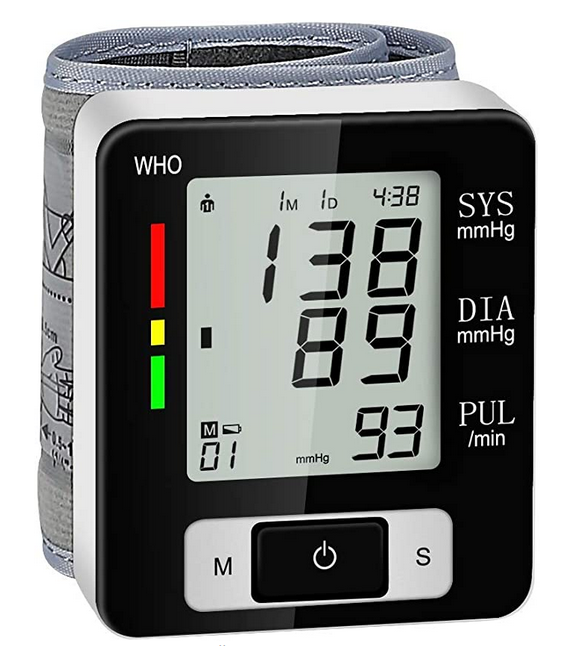


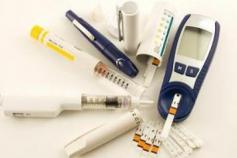

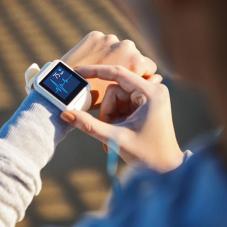
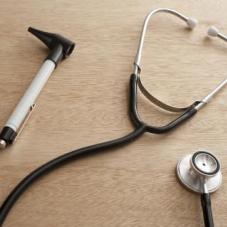


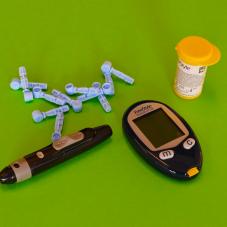
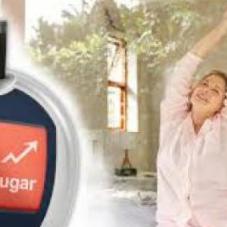
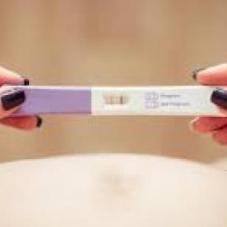
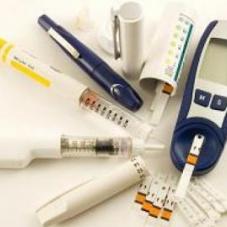
0 Comments